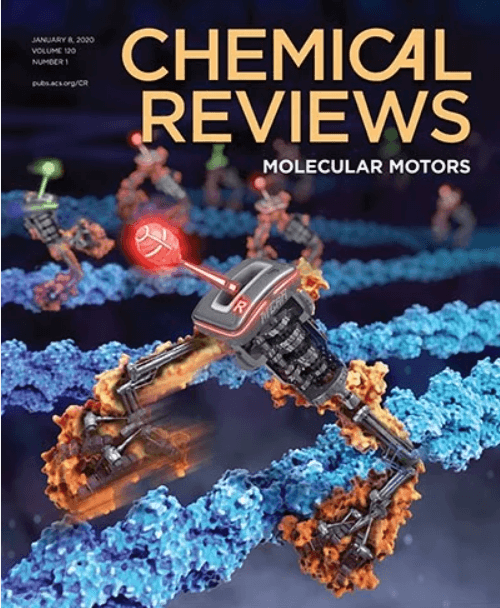浮游植物的化学性质
IF 51.4
1区 化学
Q1 CHEMISTRY, MULTIDISCIPLINARY
引用次数: 0
摘要
浮游植物具有捕获和转化二氧化碳的巨大潜力。微藻类除了是海洋和淡水食物网底部的重要食物来源外,还是生产化学品和消费品的重要平台。营养水平的提高、二氧化碳的升高和气温的升高增加了藻类大量繁殖的频率,这通常会带来负面影响,如鱼类死亡、动植物损失和藻类毒素的产生。有害藻华(HABs)产生的毒素对水质、生态系统功能、人类健康、旅游业和食物网构成重大挑战。这些毒素具有复杂的化学结构和广泛的生物特性,具有作为新疗法的潜在用途。本综述对藻华在为食物链产生固定碳、固碳及其独特的次生代谢物方面的作用进行了均衡而全面的评估。这些代谢物结构复杂,对结构阐释技术和全合成产生了前所未有的影响,本综述对此进行了重点介绍。此外,我们还讨论了生物地球化学环境扰动对藻华的影响及其对生物圈环境的影响。最后,我们总结了控制和处理有害藻华的管理策略和技术方面的工作。本文章由计算机程序翻译,如有差异,请以英文原文为准。

The Chemistry of Phytoplankton
Phytoplankton have a high potential for CO2 capture and conversion. Besides being a vital food source at the base of oceanic and freshwater food webs, microalgae provide a critical platform for producing chemicals and consumer products. Enhanced nutrient levels, elevated CO2, and rising temperatures increase the frequency of algal blooms, which often have negative effects such as fish mortalities, loss of flora and fauna, and the production of algal toxins. Harmful algal blooms (HABs) produce toxins that pose major challenges to water quality, ecosystem function, human health, tourism, and the food web. These toxins have complex chemical structures and possess a wide range of biological properties with potential applications as new therapeutics. This review presents a balanced and comprehensive assessment of the roles of algal blooms in generating fixed carbon for the food chain, sequestering carbon, and their unique secondary metabolites. The structural complexity of these metabolites has had an unprecedented impact on structure elucidation technologies and total synthesis, which are highlighted throughout this review. In addition, the influence of biogeochemical environmental perturbations on algal blooms and their influence on biospheric environments is discussed. Lastly, we summarize work on management strategies and technologies for the control and treatment of HABs.
求助全文
通过发布文献求助,成功后即可免费获取论文全文。
去求助
来源期刊

Chemical Reviews
化学-化学综合
CiteScore
106.00
自引率
1.10%
发文量
278
审稿时长
4.3 months
期刊介绍:
Chemical Reviews is a highly regarded and highest-ranked journal covering the general topic of chemistry. Its mission is to provide comprehensive, authoritative, critical, and readable reviews of important recent research in organic, inorganic, physical, analytical, theoretical, and biological chemistry.
Since 1985, Chemical Reviews has also published periodic thematic issues that focus on a single theme or direction of emerging research.
 求助内容:
求助内容: 应助结果提醒方式:
应助结果提醒方式:


